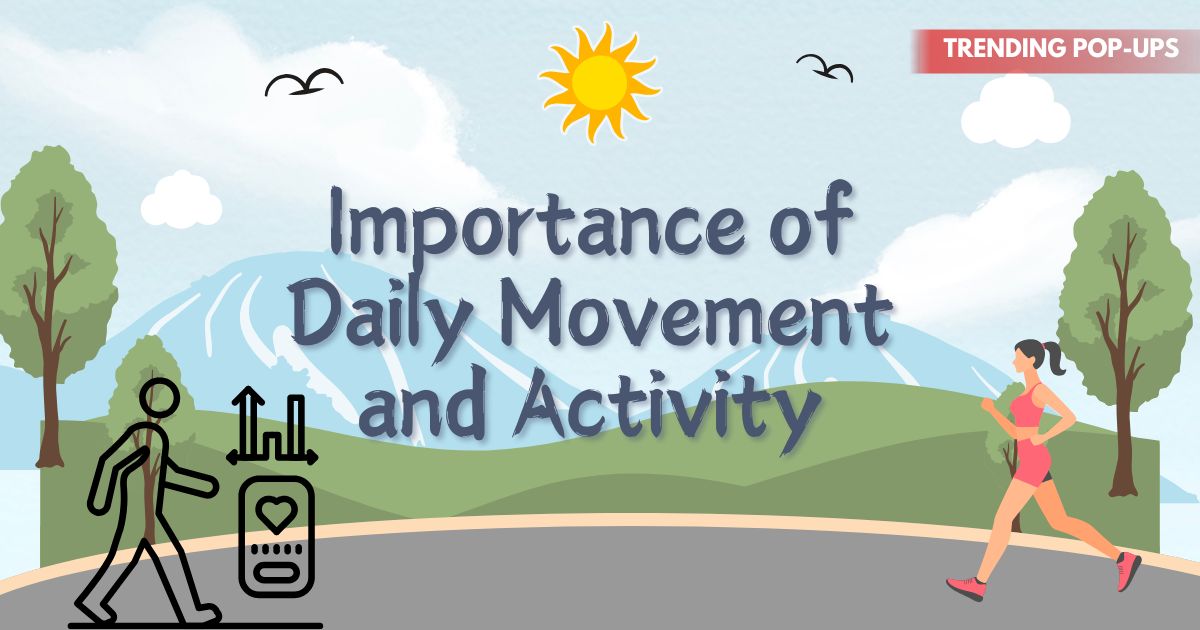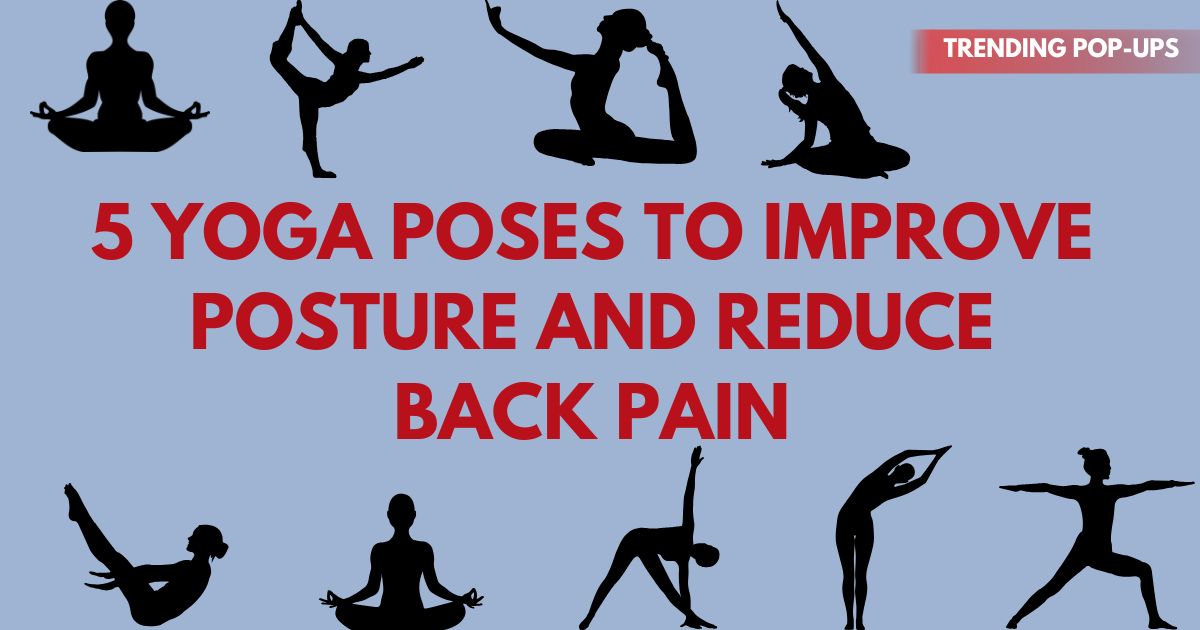In today’s modern lifestyle, many people spend hours sitting at desks, working on computers, or engaging in screen time. While this may be the norm, prolonged inactivity can lead to health problems such as obesity, heart disease, diabetes, and even mental health issues. Incorporating daily movement and activity into your routine is one of the most powerful ways to improve overall well-being, boost energy, and maintain a healthy lifestyle.
This article explores the importance of daily movement, its physical and mental benefits, and simple ways to stay active throughout the day.
Why Daily Movement Matters
Human bodies are designed to move. When we are physically active, our muscles, bones, heart, and brain all function more efficiently. Daily movement isn’t limited to structured workouts—it includes walking, stretching, climbing stairs, gardening, or any activity that gets the body in motion.
Lack of activity, also known as sedentary behavior, increases the risk of chronic diseases, lowers energy levels, and negatively impacts quality of life.
Physical Benefits of Daily Movement
1. Improves Heart Health
Regular activity strengthens the heart, improves blood circulation, and lowers the risk of cardiovascular disease.
2. Supports Healthy Weight Management
Daily movement helps burn calories, boosts metabolism, and prevents weight gain caused by a sedentary lifestyle.
3. Strengthens Muscles and Bones
Activities such as walking, resistance training, and yoga enhance muscle strength and bone density, reducing the risk of osteoporosis.
4. Enhances Flexibility and Mobility
Stretching and low-impact movements keep joints flexible, prevent stiffness, and maintain mobility with age.
5. Boosts Immunity
Physical activity stimulates immune cells, making the body more efficient at fighting off infections.
Mental and Emotional Benefits of Daily Activity
1. Reduces Stress and Anxiety
Exercise triggers the release of endorphins, often called “feel-good hormones,” which reduce stress and promote relaxation.
2. Improves Mood
Even light activity like walking outdoors can improve mood, fight depression, and enhance emotional resilience.
3. Increases Focus and Productivity
Movement boosts blood flow to the brain, sharpening memory, creativity, and concentration.
4. Promotes Better Sleep
People who engage in daily activity tend to fall asleep faster and enjoy deeper, more restful sleep.
Daily Movement vs. Exercise – What’s the Difference?
Many people assume that being active requires a structured workout routine. However, daily movement differs from formal exercise:
-
Exercise: Planned, structured, and repetitive activity (like going to the gym or jogging).
-
Movement: Any physical action throughout the day—walking, standing, stretching, cleaning, or gardening.
Both are important, but even small bursts of movement scattered throughout the day can significantly improve health.
How Much Daily Activity Do You Need?
According to health guidelines, adults should aim for at least:
-
150 minutes of moderate activity per week (like brisk walking or cycling), or
-
75 minutes of vigorous activity per week (like running or aerobics).
Additionally, incorporating simple daily movements like walking more, standing instead of sitting, and stretching helps bridge the gap.
Practical Ways to Add More Movement to Your Day
1. Walk Whenever Possible
Take the stairs instead of the elevator, park farther from entrances, or go for a short walk during breaks.
2. Desk Stretches and Standing Breaks
If you work at a desk, stand up and stretch every hour to improve circulation and posture.
3. Household Chores Count Too
Cleaning, gardening, and cooking involve natural movements that keep the body active.
4. Use Technology to Stay on Track
Set reminders on your phone or smartwatch to move regularly. Fitness apps and trackers can motivate consistent activity.
5. Active Commuting
If possible, walk or cycle to work instead of driving. Even partial commuting by foot adds up.
6. Incorporate Movement into Social Life
Instead of meeting friends for coffee only, try walking together, joining a dance class, or playing a sport.
Long-Term Benefits of Staying Active
Building daily movement habits contributes to:
-
Reduced risk of chronic diseases.
-
Improved posture and reduced back pain.
-
Longer lifespan and better aging.
-
Increased confidence and self-esteem.
-
Higher overall life satisfaction.
Common Mistakes That Limit Daily Activity
-
Believing only intense workouts matter.
-
Sitting for long stretches without breaks.
-
Relying too heavily on cars for short distances.
-
Overlooking small opportunities for movement.
-
Neglecting stretching and mobility exercises.
Also Read : How to Prevent Common Injuries During Exercise
FAQs
1. Is walking enough for daily movement?
Yes, walking is one of the best and simplest forms of daily activity. It supports heart health, weight management, and mental well-being.
2. Can short bursts of activity make a difference?
Absolutely. Even 5–10 minutes of movement, when done consistently throughout the day, provides significant health benefits.
3. How can I stay active at a desk job?
Take short standing breaks, stretch at your desk, use a standing desk if possible, and walk during phone calls or lunch breaks.
4. Do I still need exercise if I move daily?
Yes. While daily movement is crucial, structured exercise enhances strength, endurance, and fitness levels more effectively.
5. What’s the best time of day for activity?
Anytime is beneficial. The key is consistency, whether in the morning, afternoon, or evening.



